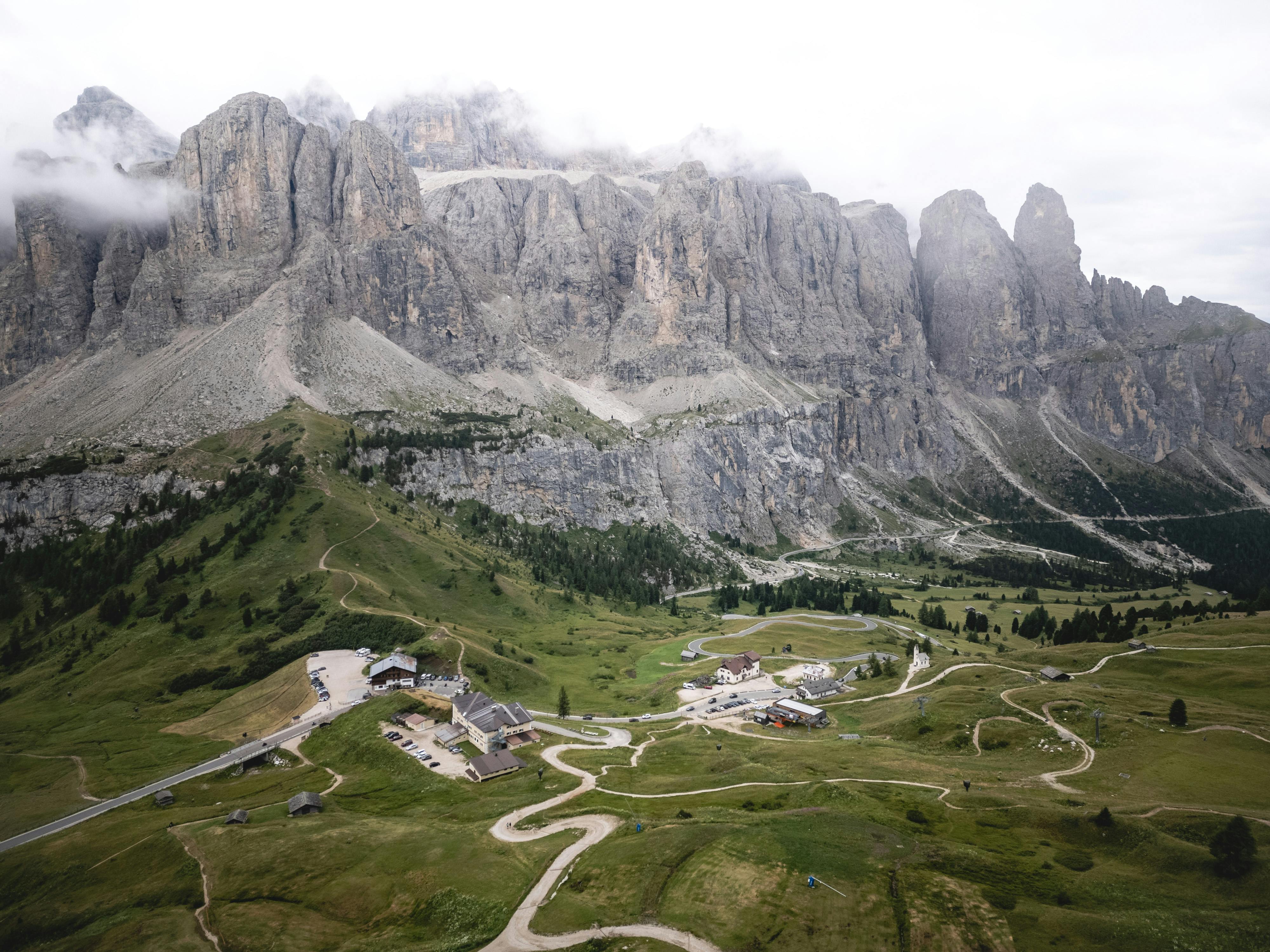Selecting the right color temperature for your barn lights can make a significant impact on the overall ambiance and functionality of your space. By understanding the different color temperatures available and their effects, you can create the ideal lighting environment for your needs. Let’s explore how to choose the perfect color temperature for your barn lights.
Understanding Color Temperature
Color temperature is a way to describe the hue and tone of a light source, measured in Kelvin (K). It is important to note that color temperature is not an indicator of how hot or cold the light fixture gets but rather the warmth or coolness of the light it emits. The warmth or coolness of light is often described as “warm” or “cool,” with warmer tones having a yellowish or reddish hue and cooler tones having a bluish or whitish hue.
Why Color Temperature Matters
The color temperature of your barn lights can affect the overall atmosphere of your space. Warm light (lower color temperatures) can create a cozy and inviting ambiance, perfect for relaxation or social gatherings. On the other hand, cool light (higher color temperatures) can provide a more energetic and productive environment, ideal for workspaces or areas where visibility is key.
Types of Color Temperatures
There are three primary types of color temperatures commonly used for lighting applications: warm white, cool white, and daylight.
Warm White (2700K-3000K)
Warm white light is often described as soft and cozy, resembling the warm glow of traditional incandescent bulbs. This color temperature range is ideal for creating a relaxed and comfortable atmosphere, making it perfect for living spaces, bedrooms, or areas where you want to promote a sense of relaxation.
Cool White (3500K-4100K)
Cool white light falls in the middle of the color temperature spectrum, offering a neutral and balanced hue. This color temperature range is versatile and can be used in a variety of settings, from kitchens and bathrooms to offices and retail spaces. Cool white light provides a clear, crisp illumination that is ideal for tasks that require attention to detail.
Daylight (5000K-6500K)
Daylight is the coolest of the color temperatures, providing a bright and energizing illumination that simulates natural sunlight. This color temperature range is often used in areas where visibility and focus are essential, such as garages, workshops, or outdoor spaces. Daylight bulbs can help keep you alert and focused, making them ideal for work environments or areas where you need to perform tasks that require precision.

This image is property of images.pexels.com.
Factors to Consider
When selecting the right color temperature for your barn lights, there are several factors to consider to ensure that you achieve the desired ambiance and functionality.
Purpose of the Space
Consider the primary function of the space where the barn lights will be installed. Are you looking to create a cozy environment for relaxation, or do you need bright and focused illumination for work or activities? Understanding the purpose of the space will help you determine the appropriate color temperature to enhance the overall atmosphere.
Existing Decor and Color Scheme
Take into account the existing decor and color scheme of the space when choosing the color temperature for your barn lights. Warm white light pairs well with earthy tones and traditional furnishings, creating a harmonious and inviting atmosphere. Cool white light complements modern and minimalist interiors, providing a clean and contemporary look. Consider how the color temperature of the lighting will interact with the existing design elements to create a cohesive and balanced environment.
Personal Preference
Your personal preference and style should also play a role in selecting the right color temperature for your barn lights. Think about the atmosphere you want to create and how different color temperatures can enhance or detract from that vision. Trust your instincts and choose a color temperature that resonates with you and aligns with your desired aesthetic.
Selecting the Right Color Temperature
Now that you have a better understanding of color temperature and its effects, let’s discuss how to select the right color temperature for your barn lights.
Create a Lighting Plan
Before purchasing barn lights, create a lighting plan that outlines the areas you want to illuminate and the desired ambiance for each space. Consider the function of each area and how the lighting can enhance or support that purpose. By mapping out your lighting needs, you can determine the appropriate color temperature for each location within your barn.
Mix and Match
You don’t have to stick to a single color temperature for all of your barn lights. Mixing warm white, cool white, and daylight bulbs can create a dynamic and layered lighting scheme that accommodates different activities and moods. Experiment with different combinations to see how various color temperatures interact with each other and the space to achieve the desired effect.
Consider Dimming Options
Opt for barn lights that are compatible with dimmer switches to have more control over the color temperature and intensity of the light. Dimmable lights allow you to adjust the lighting level based on the time of day, the activities taking place, or your personal preferences. This flexibility can help you create a customized lighting experience that adapts to your changing needs.

This image is property of images.pexels.com.
Summary
Selecting the right color temperature for your barn lights is crucial in creating the ideal ambiance and functionality for your space. By understanding the different color temperatures available and considering factors such as the purpose of the space, existing decor, and personal preference, you can choose the perfect lighting solution for your needs. Experiment with mixing and matching color temperatures, and consider dimmable options to create a versatile and dynamic lighting scheme that enhances the overall atmosphere of your barn.
